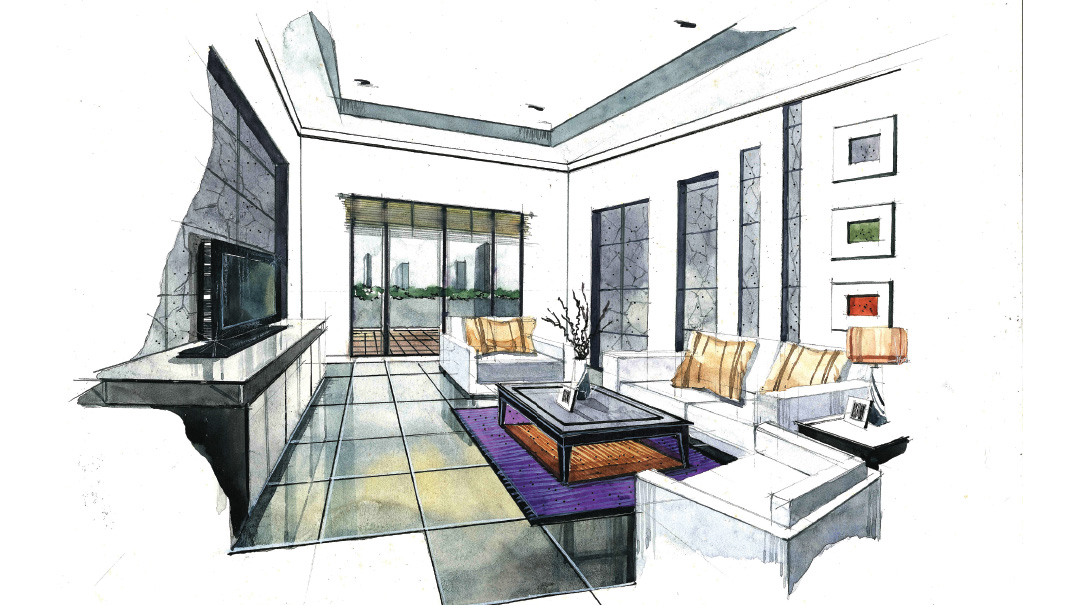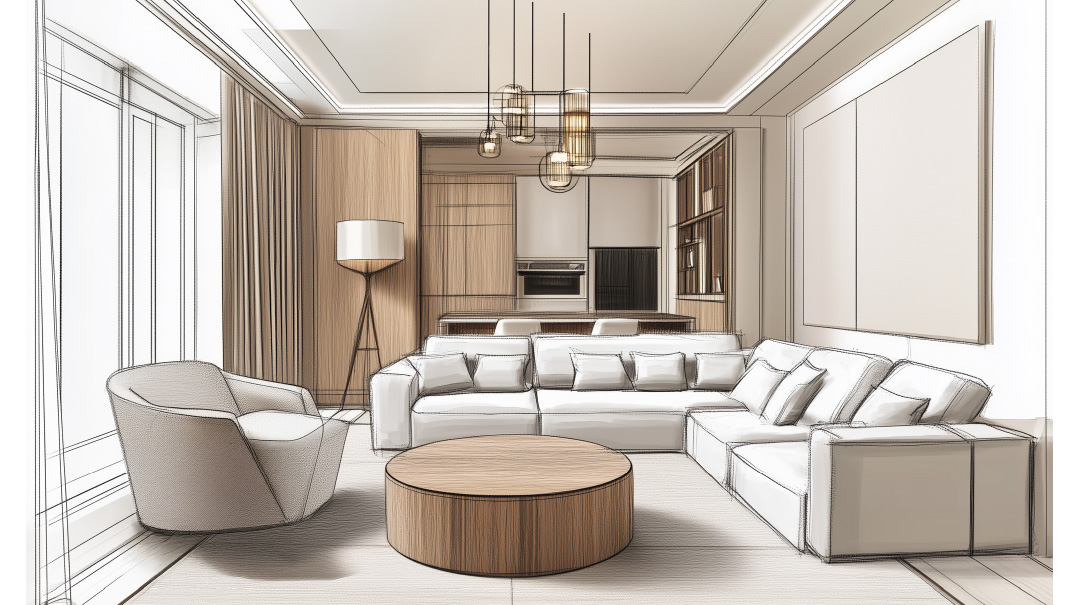So, You Want to Be an… Architect
| May 18, 2021Architects design all types of buildings, and are charged with a building’s appearance, safety, and functionality

How much money can you make?
What type of training will it take?
And what does the job actually entail?
Read on to find out whether this is the job for you
What will I be doing all day?
Architects design all types of buildings, from residential homes to sprawling commercial complexes, and are charged with a building’s appearance, safety, and functionality. Specific responsibilities include meeting with clients, drafting drawing plans, filing permit applications, consulting with other members of the construction team, and visiting construction sites to make sure that the buildings are being built according to plan.
What kinds of settings can I work in?
There are a range of specialties to choose from within the architectural field. Some of these include:
- Residential architect — custom-designing residential homes
- Commercial architect — designing commercial or public buildings (think office buildings, shopping malls, and medical centers)
- Landscape architect — planning and designing outdoor spaces such as parks, campuses, and neighborhoods. This involves deciding where buildings and sidewalks should go and choosing which horticultural elements to include.
- Industrial architect — designing an industrial facility (such as a factory) in a way that allows for the most functional and efficient flow of the industrial process taking place inside the facility.
What kind of schooling do I need?
You need a professional degree from a school that’s accredited by the National Architectural Accrediting Board (NAAB). This can either be a five-year bachelor of architecture degree (B.Arch), or, for those who already have a bachelor’s in a different field, a two-year master’s degree (M.Arch). Graduates subsequently undergo a three-year internship, after which they sit for their Architect Registration Exam. An architect must be licensed in the state in which he or she works.
Do I have the personality for it?
A good architect is creative, visual, and a problem solver. An architect also needs to be a good listener and a strong communicator, meticulous and detail-oriented, and have a lot of patience.
What can I expect to earn?
Median salary: $79,380
Senior managerial position: up to $150,000
Company owner: $100,000-200,000, depending on the size of the firm

Oops! We could not locate your form.













